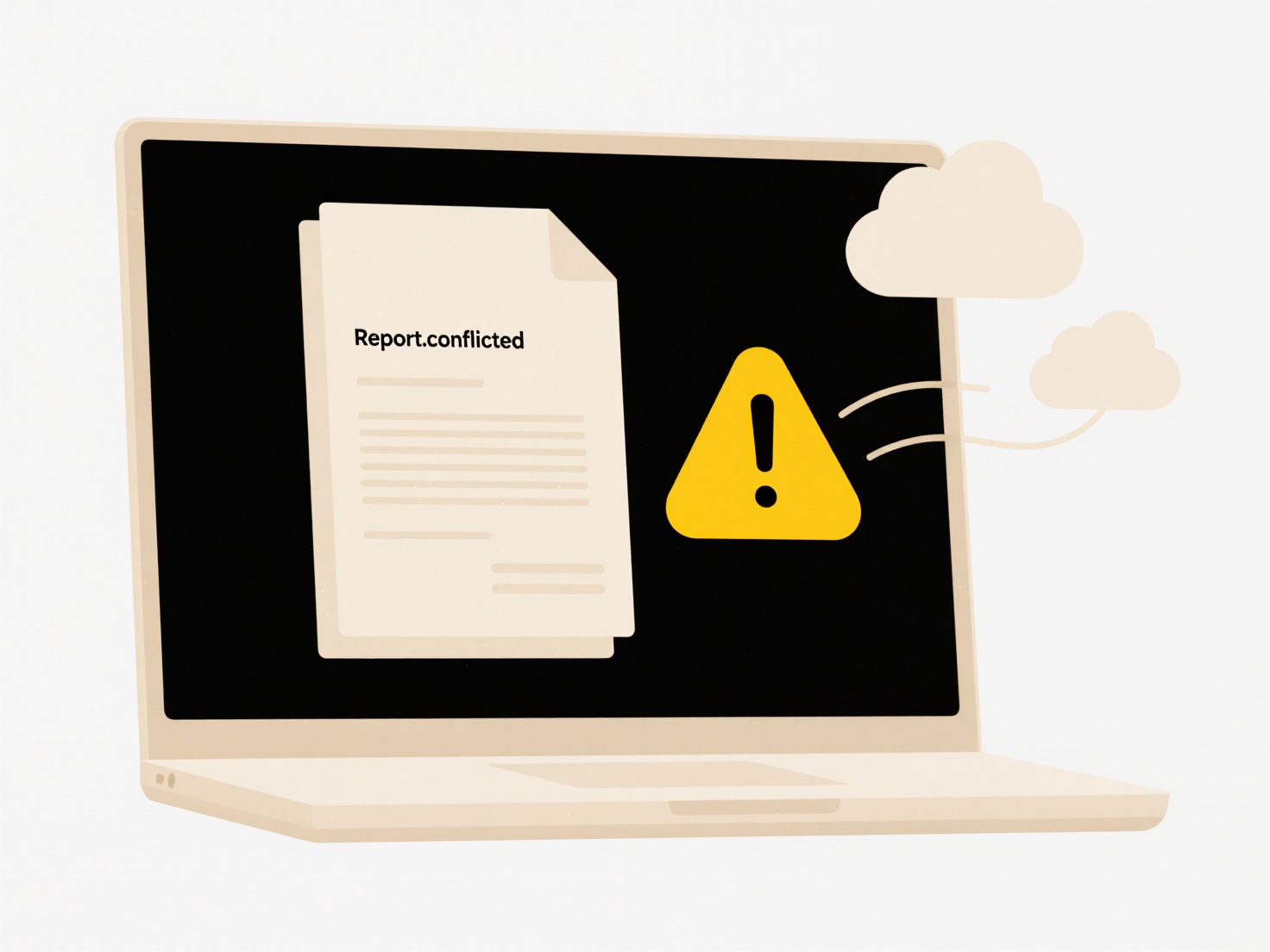
Managing scanned receipts and invoices involves converting these paper documents into digital images using a scanner or smartphone camera, and then organizing them for easy retrieval. This digital approach replaces storing physical copies in folders. Once scanned, the images are typically stored on a computer, cloud service, or accounting software, often with additional information like date, amount, and category added for better searchability and filing.
This practice is common across personal finance and businesses. An individual might scan grocery receipts into a folder on their computer labeled "2024 Expenses" and then track totals in a simple spreadsheet. A small business owner might use dedicated accounting software like QuickBooks to snap pictures of supplier invoices via a mobile app; the software can then extract key data automatically for expense tracking and tax preparation.

Digitally managing receipts improves record accessibility, reduces physical clutter, and simplifies expense tracking for taxes or reimbursements. However, limitations include potential scanning errors affecting data extraction quality and requiring consistent effort to categorize accurately. Automated data extraction technology is improving, but human review remains necessary for accuracy. This shift enhances audit readiness and overall financial management efficiency.
How do I manage scanned receipts or invoices?
Managing scanned receipts and invoices involves converting these paper documents into digital images using a scanner or smartphone camera, and then organizing them for easy retrieval. This digital approach replaces storing physical copies in folders. Once scanned, the images are typically stored on a computer, cloud service, or accounting software, often with additional information like date, amount, and category added for better searchability and filing.
This practice is common across personal finance and businesses. An individual might scan grocery receipts into a folder on their computer labeled "2024 Expenses" and then track totals in a simple spreadsheet. A small business owner might use dedicated accounting software like QuickBooks to snap pictures of supplier invoices via a mobile app; the software can then extract key data automatically for expense tracking and tax preparation.

Digitally managing receipts improves record accessibility, reduces physical clutter, and simplifies expense tracking for taxes or reimbursements. However, limitations include potential scanning errors affecting data extraction quality and requiring consistent effort to categorize accurately. Automated data extraction technology is improving, but human review remains necessary for accuracy. This shift enhances audit readiness and overall financial management efficiency.
Quick Article Links
Is there any usage limitation on file numbers or sizes?
Is there any usage limitation on file numbers or sizes? Wisfile imposes no limitations on the number of files you can ...
What are the risks of sharing files via USB or external drives?
Sharing files via USB drives or external hard drives introduces security and operational risks compared to networked sha...
How does Wisfile process scanned documents or image-based PDFs?
How does Wisfile process scanned documents or image-based PDFs? Wisfile processes scanned documents and image-based PD...